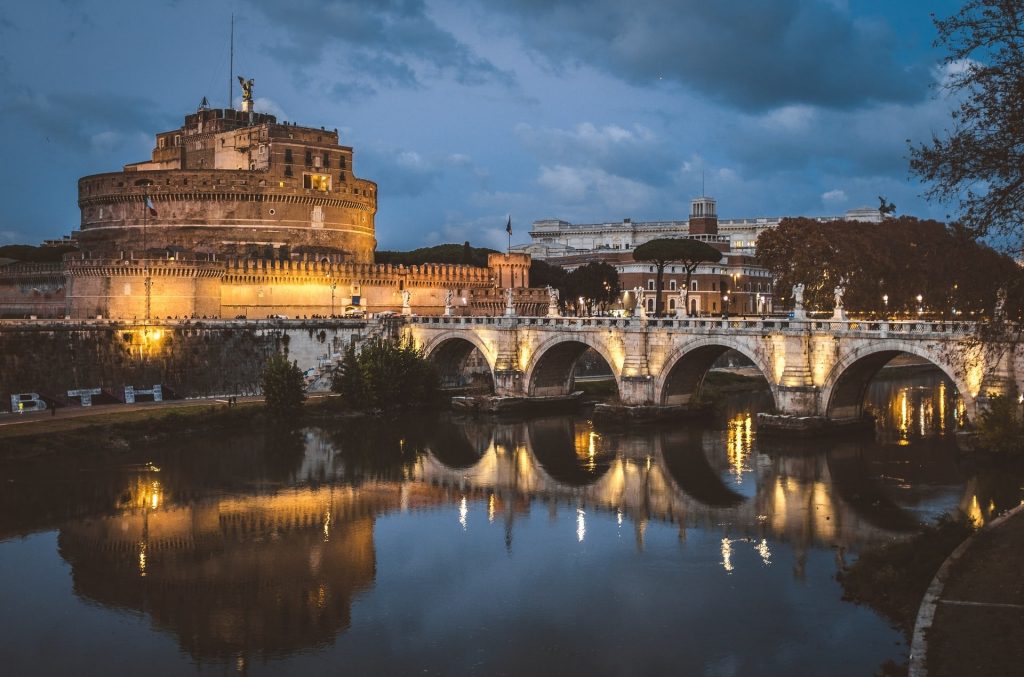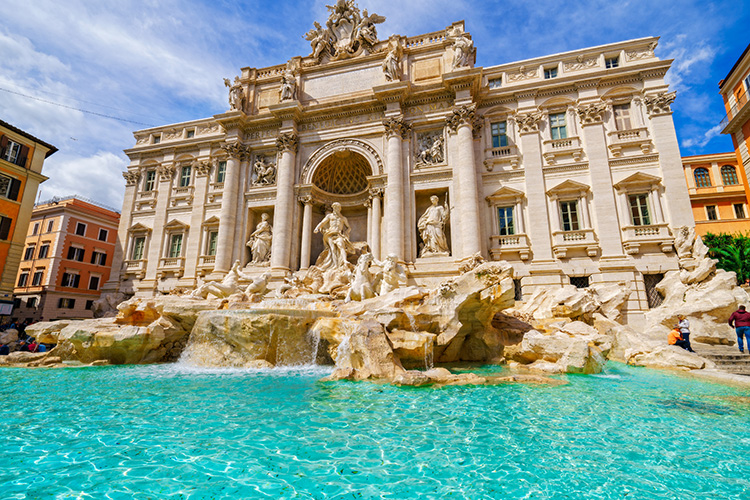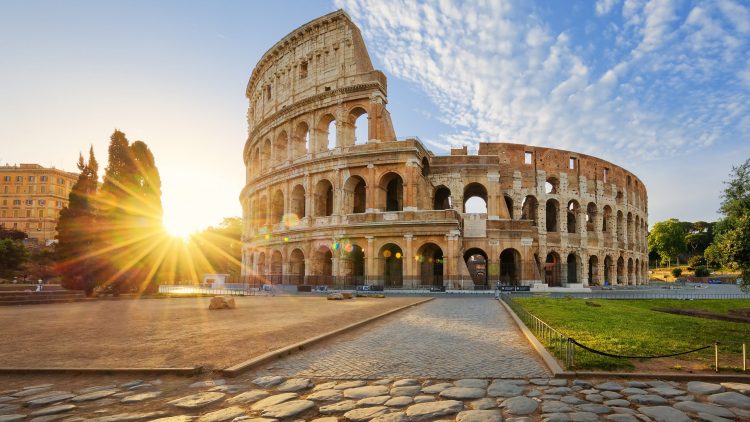Rome, the capital of Italy, is one of the most important cities in Europe and the world. With a history of 2800 years from Ancient Rome to the Roman Empire, from the Renaissance to the present, it is a city that smells history in every square meter. The fact that only 45 works in the city of Rome are included in the UNESCO world heritage list has been determined as the biggest proof of the historical importance of the city.
Founded by the twin brothers Romus and Romulus, the city was the heartland of the Roman Empire, one of the most powerful empires ever, and the starting point of Europe’s greatest civilization.
Rome was built on 7 hills, just like Istanbul, and stands out with the magnificent works on each hill. When Italy is mentioned on one of these hills, when Rome is mentioned, the first famous historical building that comes to mind is the Colosseum. Another name of the building, which takes its name from the Colossus Neronis statue at the entrance, is the Flavian Amphitheater.
It was built in 72 AD as a giant complex with 80 doors that can host 55 thousand people at the same time, as the largest amphitheater in the classical world, where the Romans revealed their desire to rule the world as a result of an engineering genius that lasted for 10 years. The purpose of this enormous structure was to make representative shows of gladiatorial fights and ancient wars and to provide great entertainment to the public. The Colosseum set an example not only for the Roman Empire period, but also for all stadiums built from history to the present, and took its place as one of the 7 wonders of the world in 2007.
While the city, which has hosted the greatest civilizations in history, stretches between the Tiber and Anine rivers with a population of close to 3 million, it also includes the Vatican, the smallest but most powerful country in the world, an independent state where the Pope, the Spiritual leader of Catholics, also lives. Vatican City is also one of the countries that host the most tourists in the world. Located in the Vatican, San Pietro Cathedral has the distinction of being the largest cathedral in the world, which can accommodate 60,000 people and includes works by Michelangelo. Castel Sant Angelo (Papal Castle), a magnificent structure built in 130-139 AD, located on the shore of the Tiber river right next to the Vatican, still stands out as a historical castle that is said to have direct passages to the Vatican from underground and cloisters.



Architectural structures adorned with history, culture and art belonging to the city, which has a unique Baroque architecture, appear at every corner. One of these structures, the Pantheon, is the oldest but best preserved of all Roman structures. The Pantheon, which is called the house of all gods in ancient Greek, has been used until today and is still used as a church. The biggest feature of the Pantheon is that it is the only church with a concrete round dome in the city. In its dome, there is a 2.7 m diameter round space called the eye that opens to the sky.
The city, which has the distinction of being one of the most seductive cities in the world, resembles an open-air museum. There are many fountains with magnificent architecture in the squares where narrow streets meet. The most famous of these is the Trevi Fountain (also known as the fountain of love or the fountain of wishes), which consists of magnificent statues of Neptune, the god of the sea. According to the belief, those who throw money into this fountain over their shoulders make their wish come true and they come to visit this place again.



The Spanish Steps, which is famous as the meeting point of Italians and tourists in the city, is another masterpiece. Trinita Dei Monti church is located at the top of the world’s most famous stairs consisting of 135 steps.
The Roman Forum, one of the most important corners that fully reflects the history of the city, is the place where the ancient Roman Empire was born and grew up, and as the region where trade, worship and administration, in short, all life takes place, archaeological excavations are still continuing.
In this city, which is famous for its large squares, Venezia Square (Vittorio Emanuele II Monument), St. Peter’s Square (St. Peter’s Basilica), Campo de Fiori, Popolo Square, Barberini Square, Palatine Hill are among the main places worth seeing.
Apart from the historical and touristic importance of the city, it is one of the cities preferred by students for education. The foundation of modern European history and modern law was laid in this city. The city establishment offers students the opportunity to receive education with its centuries-old and world-class universities. The variety of English programs in the universities in the city is quite wide. It is possible to study completely in English in many fields from medical education to engineering, from fashion design to international relations.
